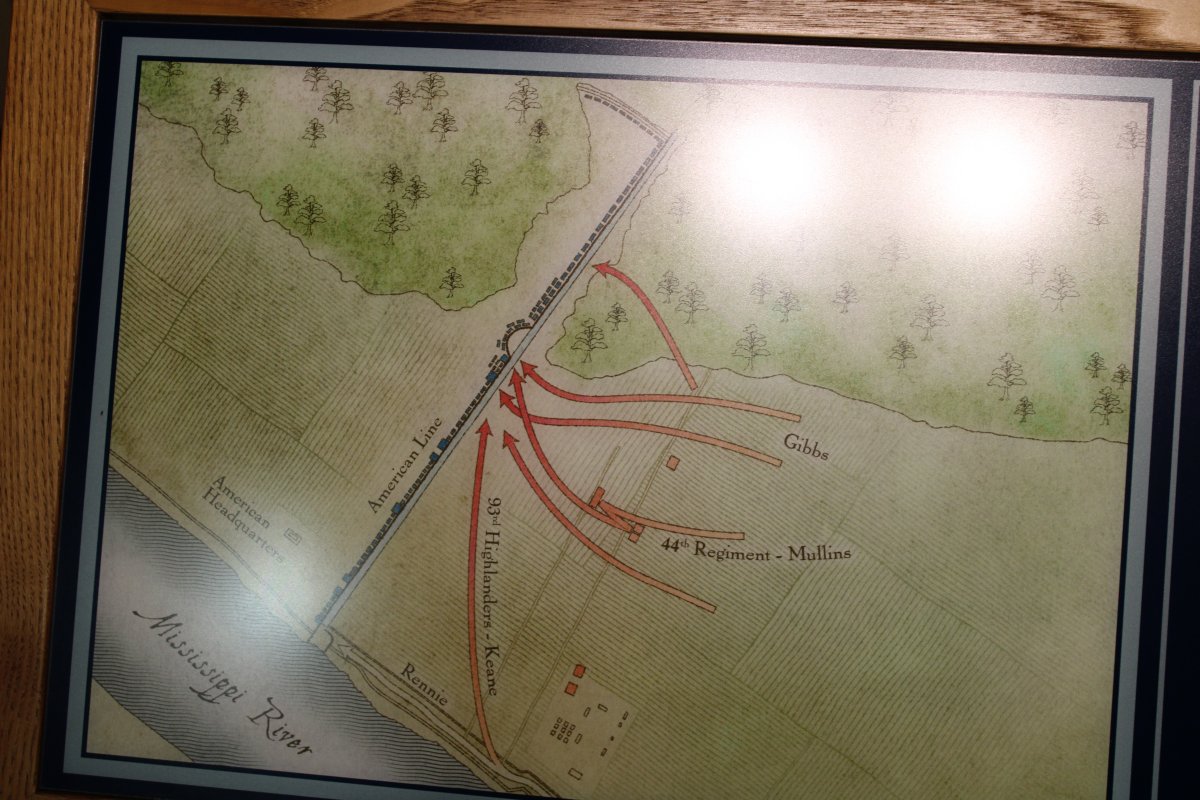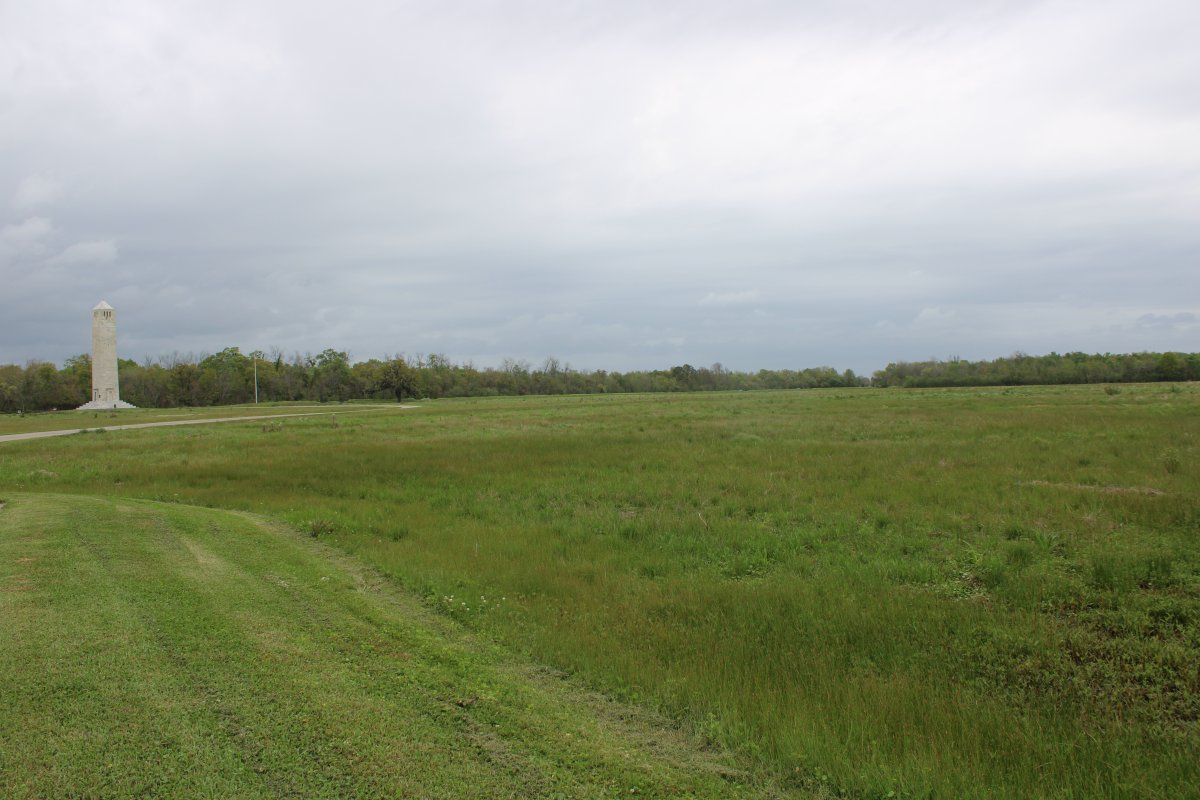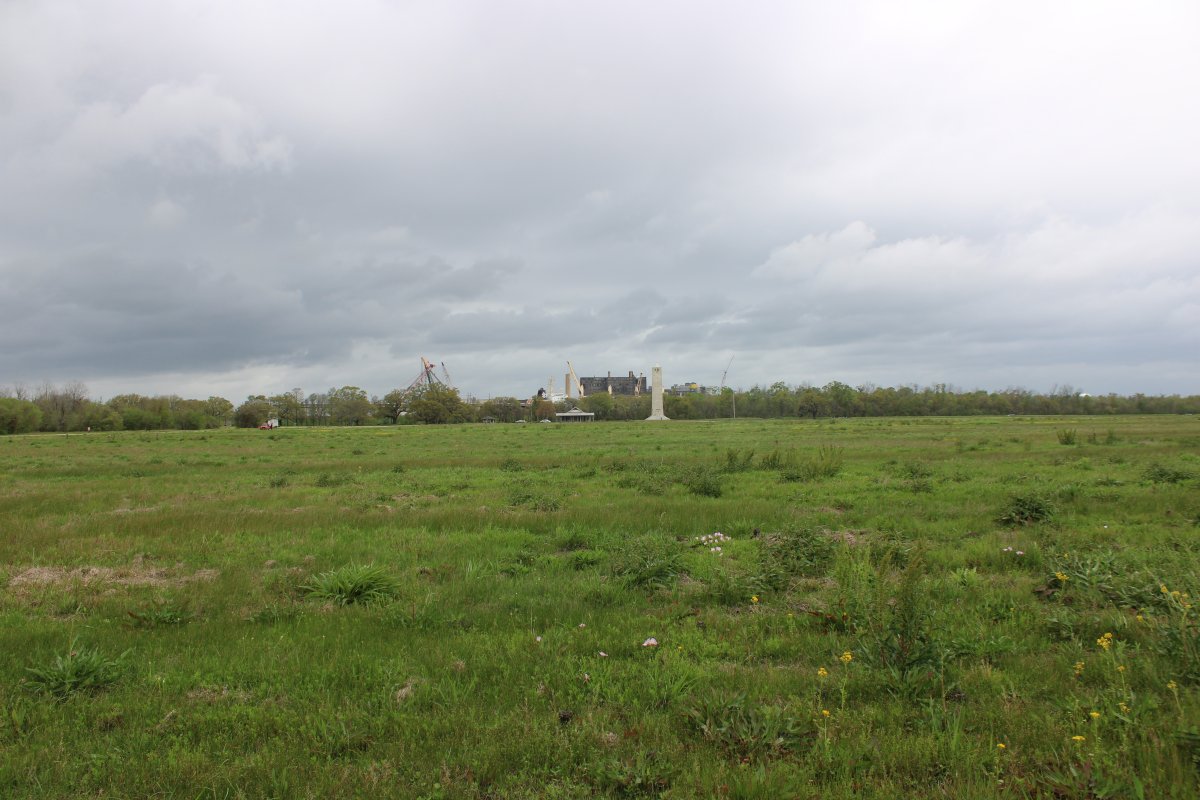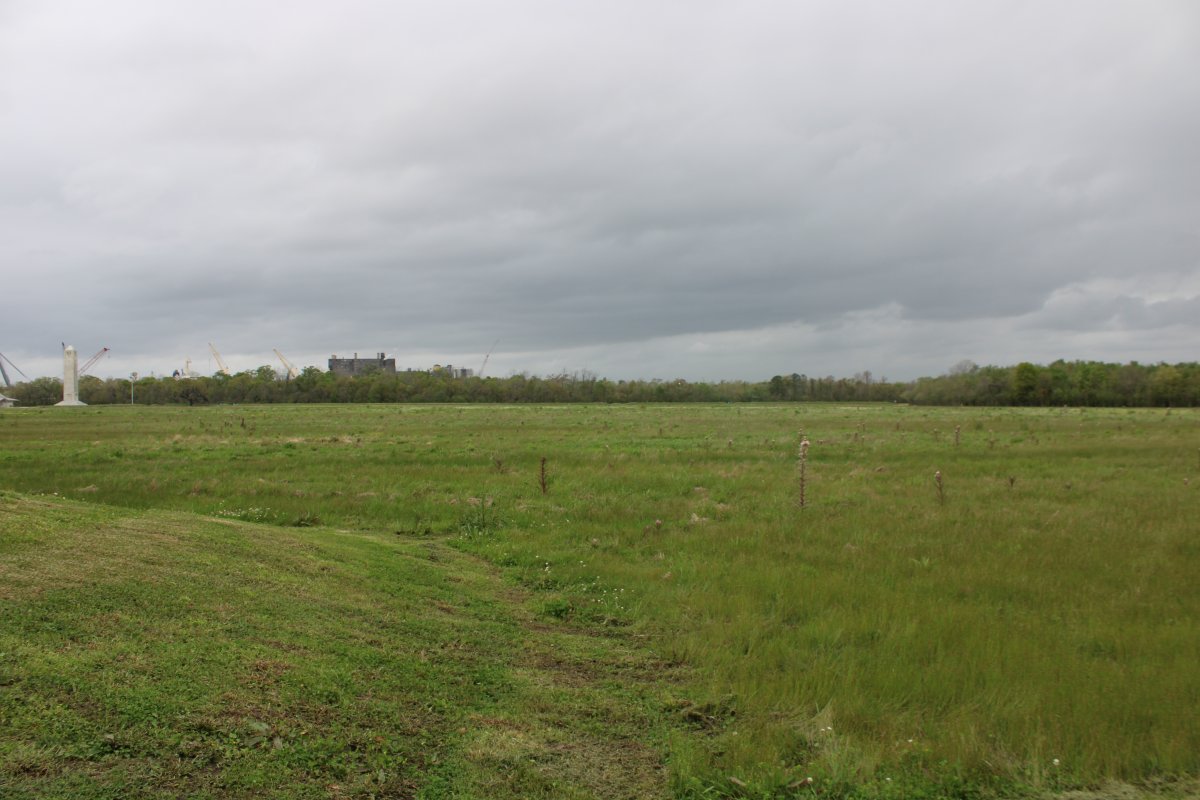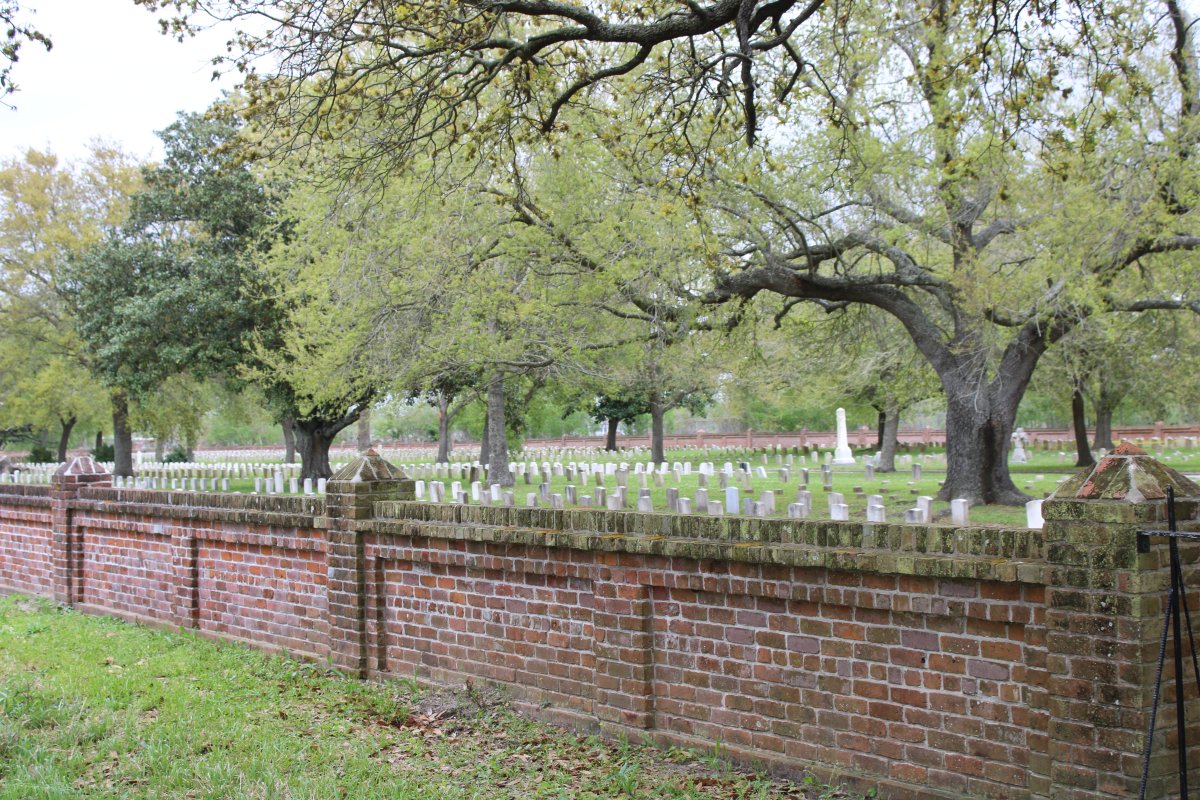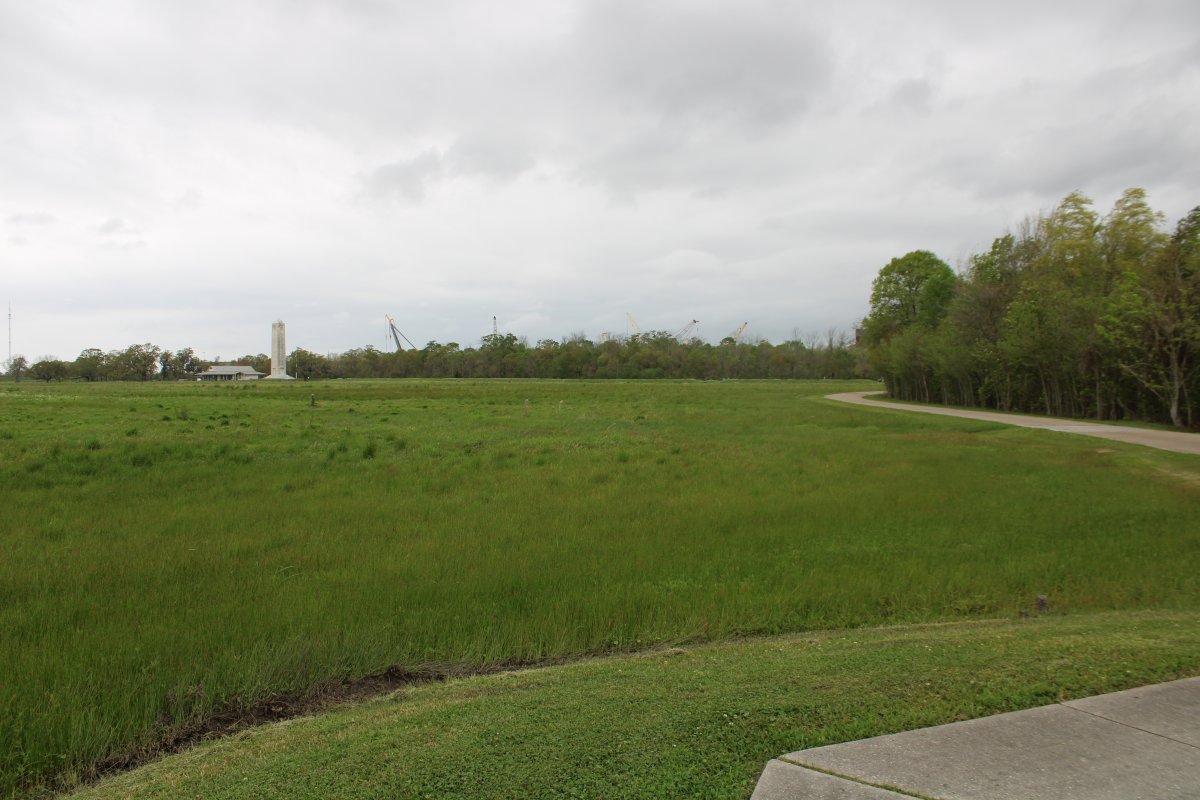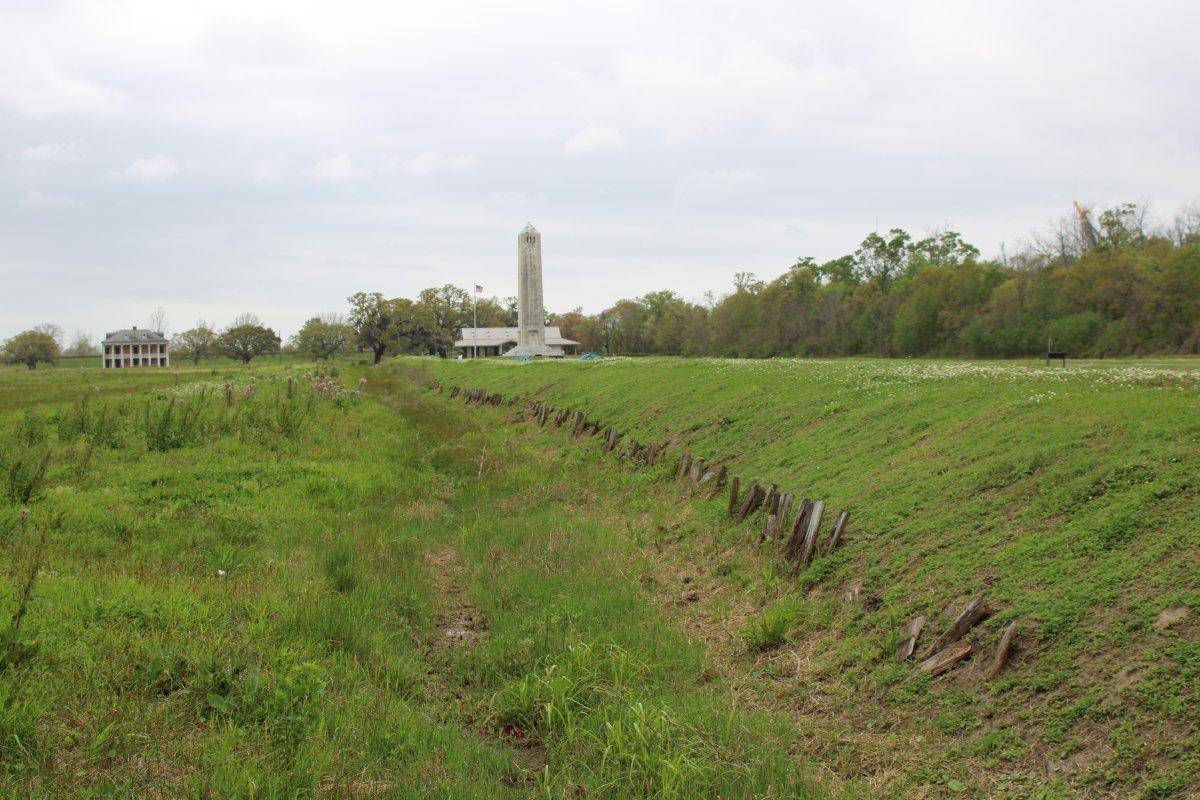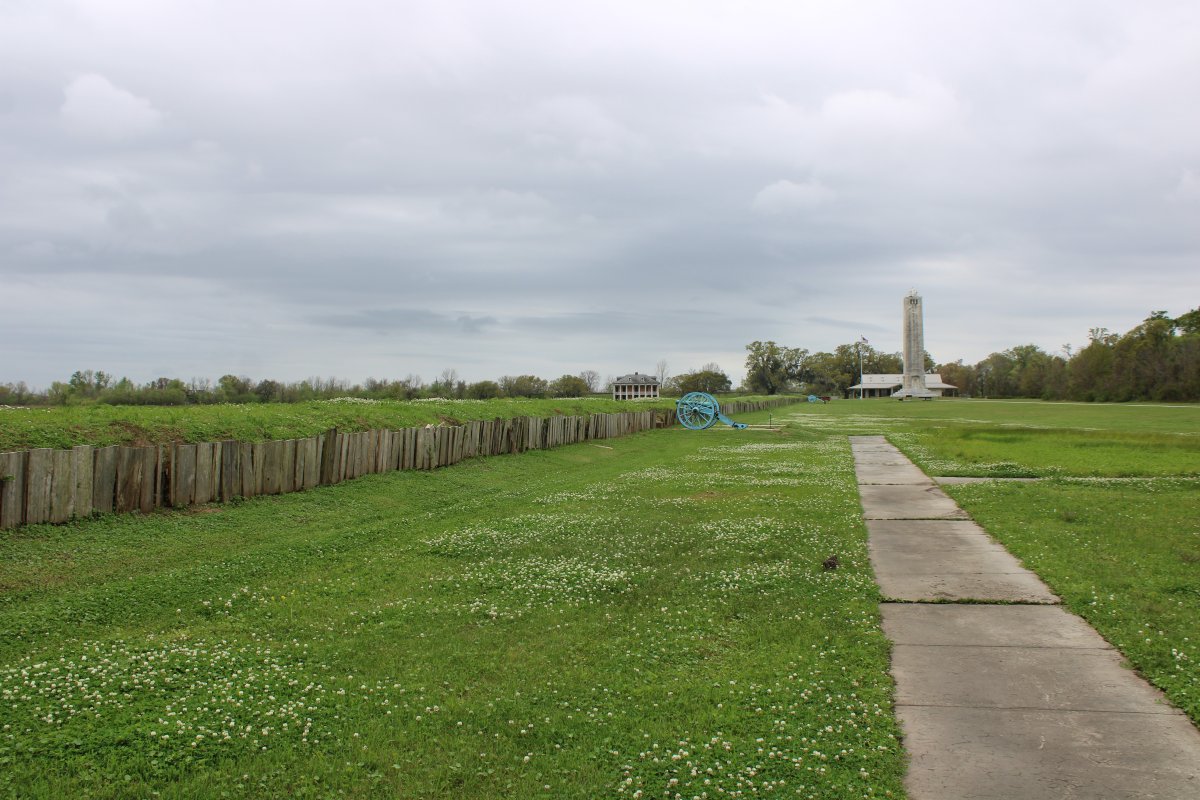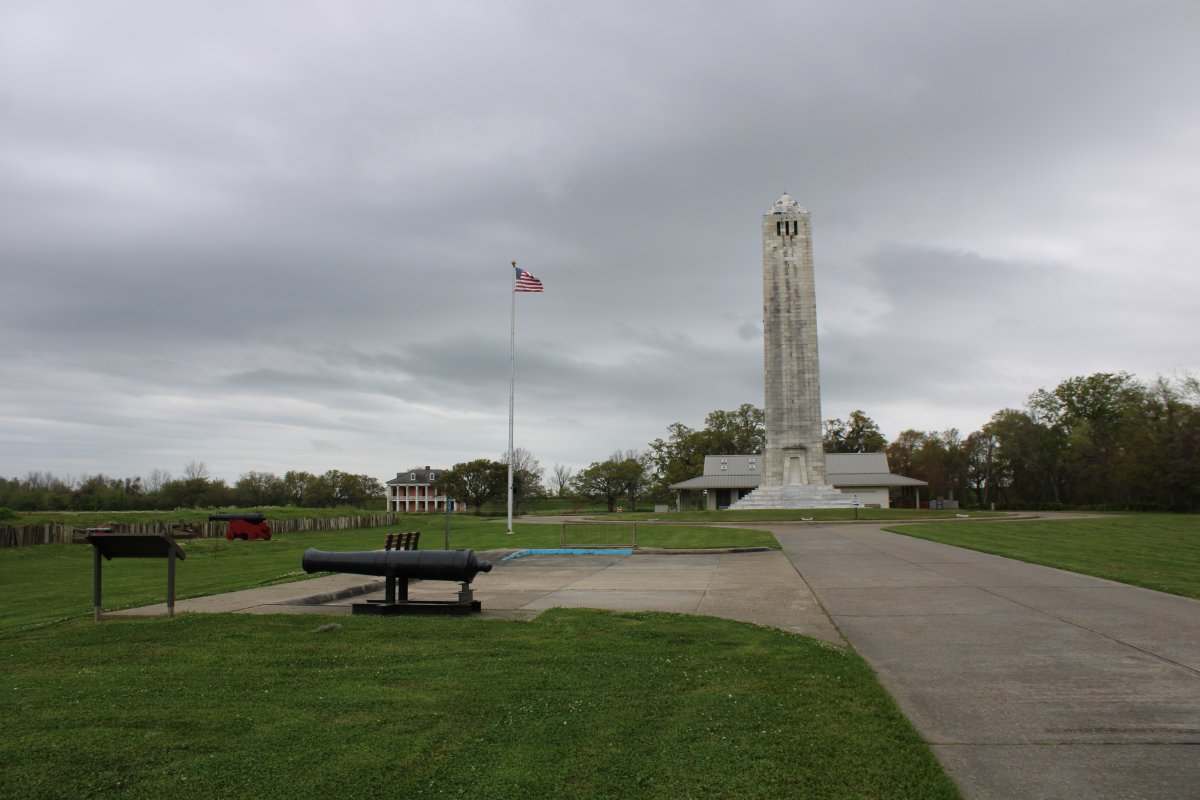March 23, 2021 - Battle of New Orleans
Today we toured one of the most important battlefields in American history: the Battle of New Orleans. In terms of importance, it ranks right up there with any of them: Yorktown, Gettysburg, Midway.
The Battle of New Orleans was fought on January 8, 1815 between the British Army under Major General Sir Edward Pakenham and the United States Army under Brevet Major General Andrew Jackson, roughly 5 miles southeast of the French Quarter of New Orleans, in the current suburb of Chalmette, Louisiana.
The battle took place 18 days after the signing of the Treaty of Ghent, which formally ended the War of 1812, on December 24, 1814, though it would not be ratified by the United States until February 16, 1815, as news of the agreement had not yet reached the United States from Europe. Despite a large British advantage in numbers, training, and experience, the American forces defeated a poorly executed assault in slightly more than 30 minutes. The Americans suffered roughly 60 casualties, while the British suffered roughly 2,000. ... Wikipedia
The battle made Andrew Jackson's political reputation. ... Near the end of Jackson's presidency, a Congressman asked Jackson whether there was a point to the Battle of New Orleans. Jackson replied, “If General Pakenham and his 10,000 matchless veterans could have annihilated my little army, he would have captured New Orleans and sentried all the contiguous territory, though technically the war was over. Great Britain would have immediately abrogated the Treaty of Ghent and would have ignored Jefferson’s transaction with Napoleon.” ... Wikipedia
It was a battle the British under better leadership would have won. A Royal Navy Captain after the battle wrote "Pakenham should have used all the advantages of naval amphibious movement which Britain's supremacy at sea conferred and turned Jackson's position. .... All the other military men thought the assault should have been deferred, and then we should have performed the most scientific and beautiful operation without throwing away the most valuable soldiers of our country by an attempt bordering on desperation."
On the other hand, it was a battle that would have been lost without the brilliant leadership of Andrew Jackson, who was outnumbered and whose troops were mostly inexperienced civilians.
Finally, as the great historian Paul Johnson says "Thus was lost and won one of the decisive battles of history." "The effect of Jackson's victory was to legitimize the entire Louisiana purchase in the eyes of the international community."





